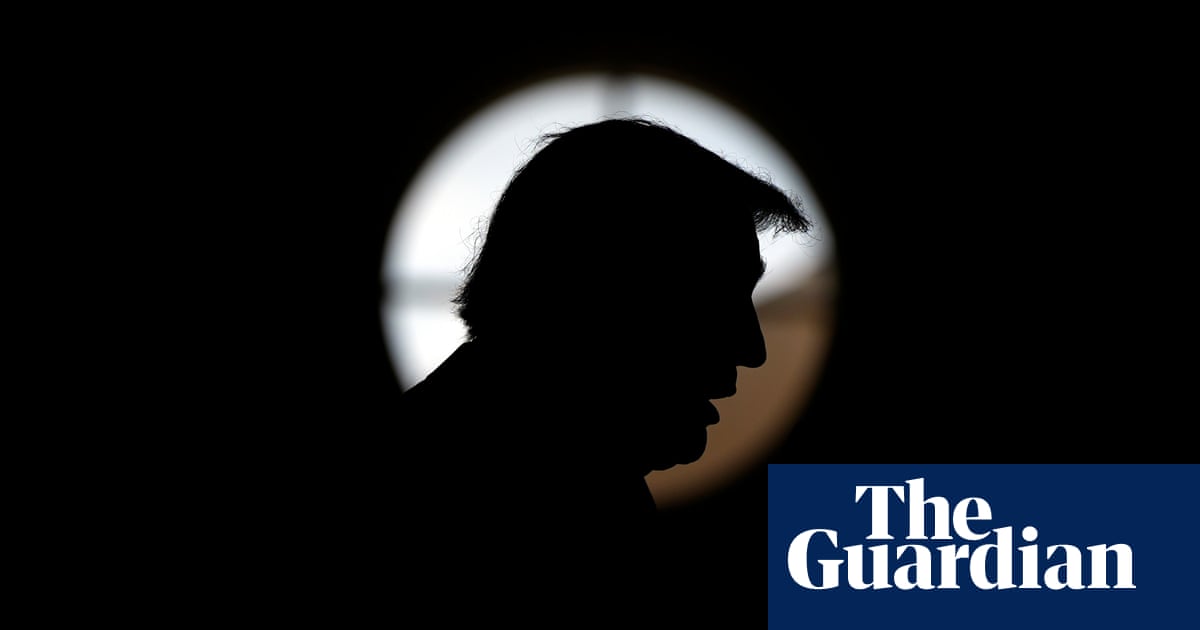Millions of Americans are at risk of losing health coverage in 2025 under Donald Trump’s forthcoming administration.
More than 20 million Americans rely on the individual private health insurance market for healthcare, private insurance which is subsidized by the federal government.
These subsidies, programs that help lower the cost of health insurance premiums, increased the amount of assistance available to people who want to buy health insurance through the Affordable Care Act, dubbed Obamacare as a signature piece of legislation during Barack Obama’s administration.
This specific subsidy program resulted from the Biden administration’s 2021 American Rescue Plan and is set to expire at the end of 2025.
“The consequences of more people going uninsured are really significant, not just at an individual level with more medical debt and less healthy outcomes, but also has ripple effects for providers,” Sabrina Corlette, a research professor and co-director of the Center on Health Insurance Reforms at Georgetown University, said.
Read more of the Guardian’s 2024 US election coverage
“Premiums go up for the people who do have health insurance; for the people without health insurance, it’s financially devastating. The result is medical debt, garnished wages and liens on people’s homes because they can’t pay off their bills,” she said.
The American Rescue Plan not only added additional subsidies, but also broadened the eligibility requirements, extending them to many more people in the US middle class.
It was announced earlier this year by the Biden-Harris administration that 21.3 million people selected an Affordable Care Act health insurance marketplace plan during the 2024 0pen enrollment period.
With Republicans now having won control of the presidency, the Senate and possibly the House, it is highly likely that Congress will not vote to extend the coverage next year.
President-elect Trump said during the presidential debate with his Democratic rival, Kamala Harris, that he had “concepts of a plan” to replace the Affordable Care Act but has yet to reveal those plans. He previously attempted to replace the ACA in favor of the American Health Care Act, a bill to repeal subsidies and regulations, which failed in the Senate in 2017.
The subsidies helped Obamacare enrollment nearly double during Biden’s term, a record high. The enrollment was highest in southern Republican-voting states. The Congressional Budget Office (CBO) reports that the share of people without health insurance reached an all-time low of 7.2% in 2023.
“The 2021 boosts [in subsidies] helped millions of people afford health insurance,” Corlette said. “It’s led to the lowest uninsured rate we’ve seen in this country and helped boost financial security for millions of families.”
Last month, the Republican House speaker, Mike Johnson, took a stance against the ACA at an event in Pennsylvania, telling a crowd there would be “massive” healthcare changes in America if Donald Trump won the election.
The CBO estimates nearly 4 million people will lose their coverage in 2026 if the subsidies are not extended because they won’t be able to afford the rising cost of healthcare plans. Lower-income Americans would still receive some federal assistance, while those it the middle class would lose it altogether.
Despite the 2021 subsidies having extended coverage to more than 20 million people, the ACA remains a flawed option for healthcare coverage and has been a major factor in driving medical debt.
For 2025, the out-of-pocket limit for a marketplace plan cannot be more than $9,200 for an individual and $18,400 for a family, according to the Department of Health and Human Services. These prices represent the legal limit that insurers can have people spend on their plans.
But policy experts insist that the ACA’s imperfect system is still preferable to millions of Americans going without health insurance.
Read more of the Guardian’s 2024 US election coverage







